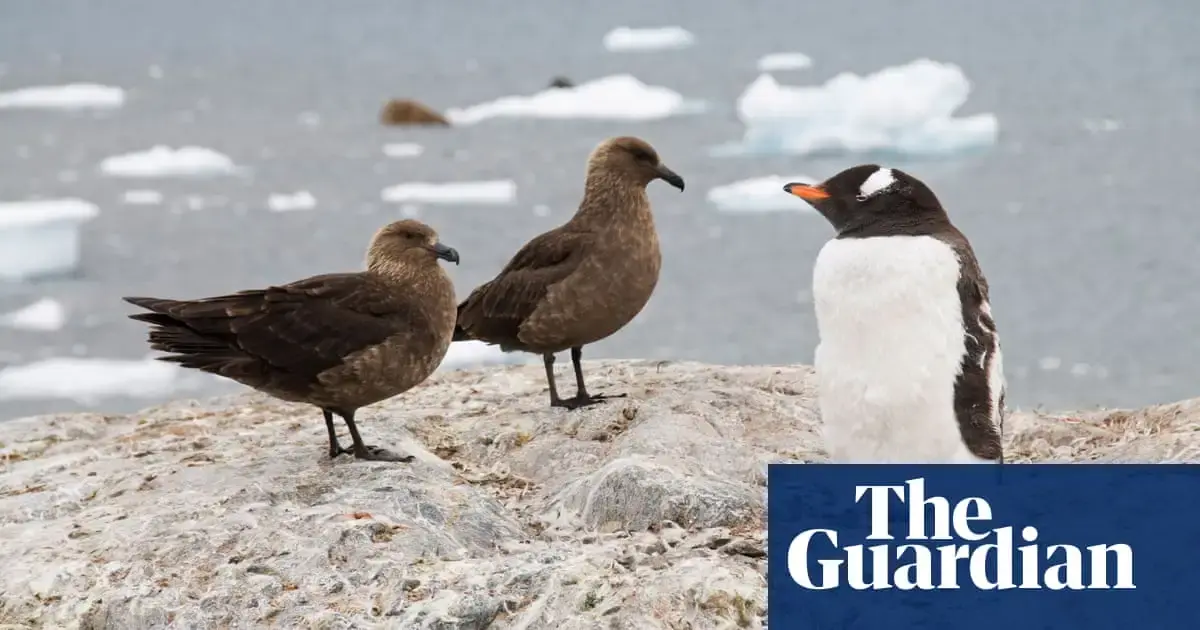Avian flu has reached the Antarctic, raising concerns for isolated populations of penguins and seals that have never been exposed to the deadly H5N1 virus before. The full impact of the virus’s arrival is not yet known, but scientists are raising concerns about possible “catastrophic breeding failure” of the region’s fragile wildlife populations.
The virus was found in populations of a scavenging bird called brown skua on Bird Island, which is part of the British overseas territory of South Georgia and the South Sandwich Islands. These migratory birds probably brought it with them from South America where bird flu is widespread and has already killed an estimated 500,000 seabirds and 20,000 sea lions in Chile and Peru alone.
They’ll probably develop resistance and rebound after a few years. What really matters there long-term is the food supply - how the ice melt affects phytoplankton affects krill affects fish etc.
Here by river Meuse usually many migrating geese, but fewer this year - I suspect same reason.🤖 I’m a bot that provides automatic summaries for articles:
Click here to see the summary
Avian flu has reached the Antarctic, raising concerns for isolated populations of penguins and seals that have never been exposed to the deadly H5N1 virus before.
The full impact of the virus’s arrival is not yet known, but scientists are raising concerns about possible “catastrophic breeding failure” of the region’s fragile wildlife populations.
The current outbreak of the highly infectious variant of H5N1 – which started in 2021 – is estimated to have killed millions of wild birds.
Researchers have long been concerned about its potential impact on Antarctic wildlife, because many species are found nowhere else in the world, and are not known to have been exposed to bird flu viruses before.
Researchers from the British Antarctic Survey (BAS) took swabs of the birds when they found unexplained mortality and sent them for testing in the UK.
H5N1 spread almost 4,000 miles down South America in the space of three months, facilitated by migration routes of wild birds.
Saved 69% of original text.



